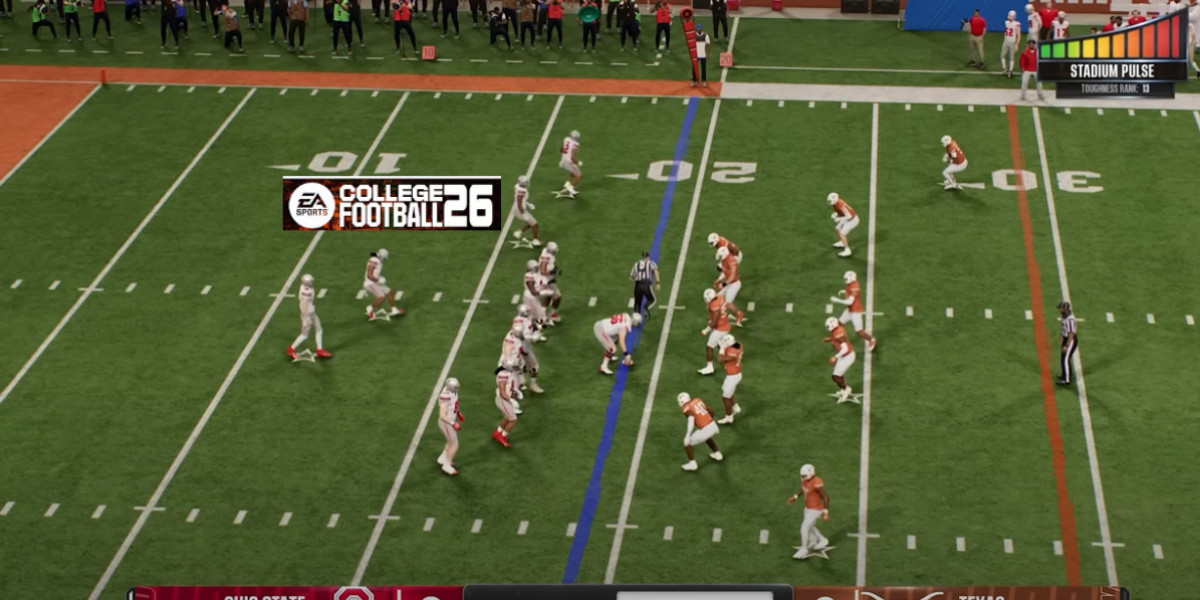In the world of welding safety gear, the auto lens welding helmet has revolutionized the way welders protect their eyes while maintaining productivity. One of the most important features that users seek is the ability to adjust the helmet’s brightness to suit different welding modes. Since various welding techniques emit different levels of light intensity, a helmet that can adapt its shade accordingly greatly enhances both safety and comfort.
Auto lens welding helmets are equipped with advanced sensors and liquid crystal display (LCD) technology that automatically darken the lens when a welding arc is struck. However, beyond this automatic darkening, many modern helmets offer adjustable shade levels or brightness settings. This means the welder can manually select or fine-tune the darkness level depending on the specific welding mode and conditions.
Different welding processes, such as TIG (Tungsten Inert Gas), MIG (Metal Inert Gas), and Stick welding, produce arcs of varying brightness and UV/IR radiation intensity. For example, TIG welding generally produces a more stable and less intense arc compared to Stick welding, requiring a lighter shade setting for optimal visibility. MIG welding may demand a slightly darker setting due to higher light intensity. An auto lens welding helmet that supports adjustable brightness allows welders to set the shade level within a recommended range—often between shade 9 and shade 13 or higher—to best protect their eyes without sacrificing clarity.
Many helmets come with multiple preset shade levels that can be toggled through buttons or dials. Some advanced models even offer digital controls and memory settings to store preferred shade levels for different tasks. This flexibility helps welders quickly switch between welding modes without needing to remove the helmet or struggle with visibility issues.
Additionally, the sensitivity and delay time of the auto-darkening feature are often adjustable. Sensitivity controls help the helmet respond appropriately to ambient light or welding arc brightness, while delay controls determine how long the lens stays dark after the welding stops. These features, combined with brightness adjustment, provide a comprehensive solution for a variety of working environments and welding types.
It’s worth noting that the range and quality of brightness adjustment can vary significantly between brands and models. Entry-level helmets may offer only a few fixed shade settings, whereas professional-grade helmets provide a broader and more precise adjustment range. When purchasing an auto lens welding helmet, users should check the specifications to ensure the product meets their specific welding needs.
In summary, most modern auto lens welding helmets support adjustable brightness or shade levels to accommodate different welding modes effectively. This feature not only enhances eye protection by providing the right level of darkness but also improves visibility and reduces eye strain. Choosing a helmet with customizable shade settings is highly recommended for welders who frequently switch between welding techniques or work in varying lighting conditions.
Product Features
1. Dual Sensor System
2. Large Viewing Area
3. Solar Panel for Power Efficiency
4. Low Battery and Power Indicators
5. Test Button for Self-Check
6. Adjustable Sensitivity and Delay Time
7. UV/IR Protection
8. Industry Standards Compliance
9. Comfortable Wear



